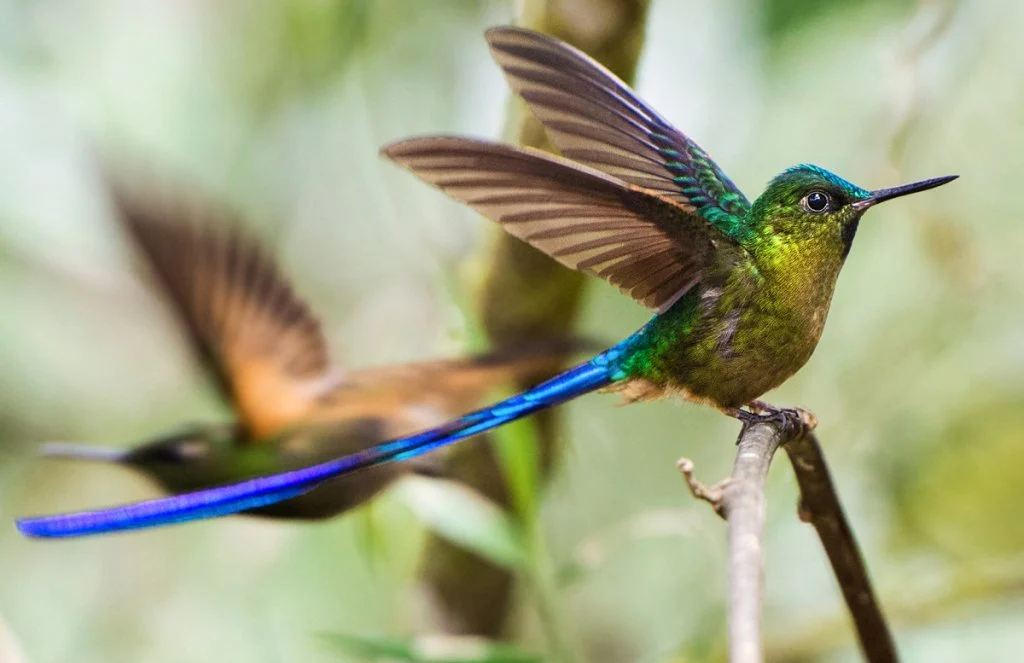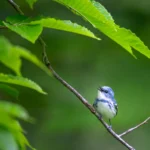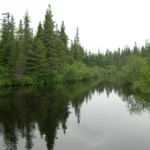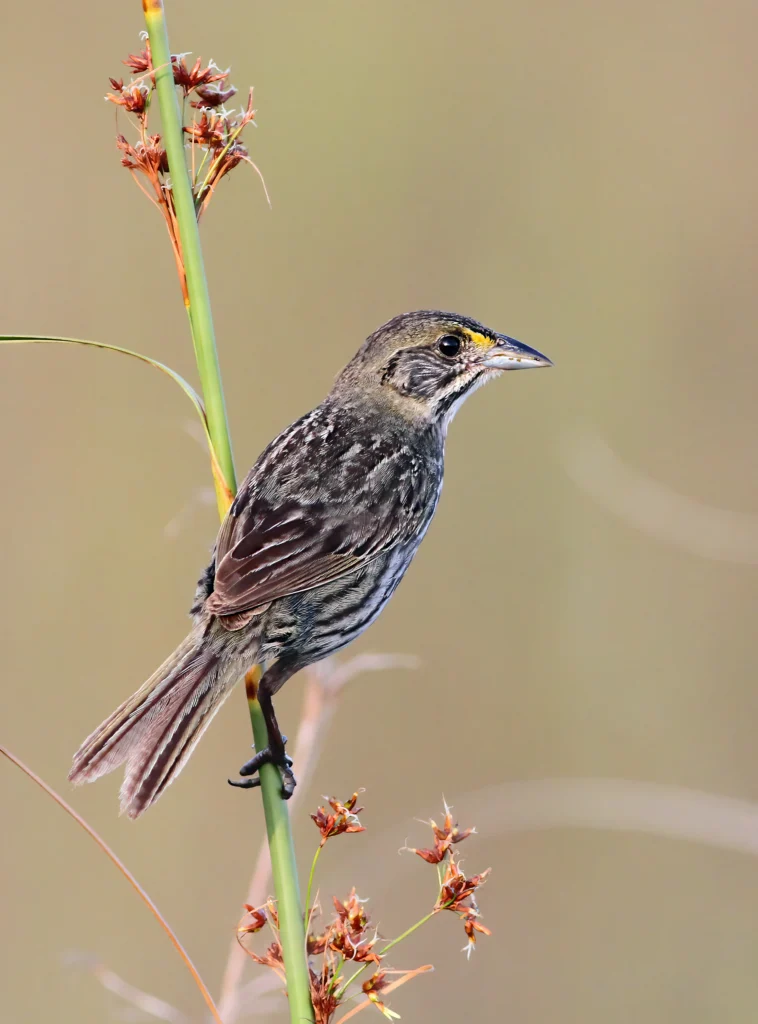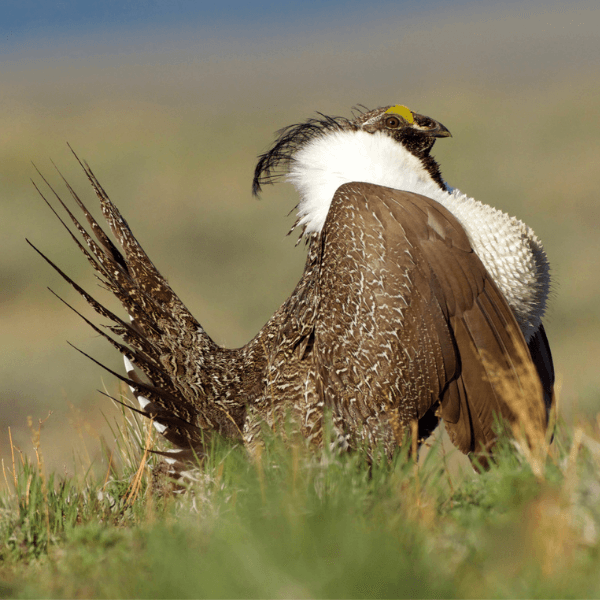
Reaching the Tipping Point
This isn’t the first time the Earth’s climate has shifted — it has undergone countless changes over the course of billions of years. What stands out now is the pace: Climate change has ratcheted up in speed and intensity since the Industrial Revolution began in the second half of the 18th century. Change is happening fast, and it’s pushing some species to a tipping point.
Some species are showing signs of adaptation. Some bird species are shapeshifting over time, gradually growing slightly longer wings as their bodies get smaller to accommodate longer migratory paths, or evolving larger beaks to diffuse heat more efficiently. Some are adjusting their ranges, moving further from the Equator, as is the case for 70 tropical, subtropical, and desert species, or climbing in elevation. Nearly two-thirds of all North American bird species are vulnerable to climate change, and not all will be able to adapt.
We are acting in three key areas to build a safer future for birds: mitigation, resilience, and adaptation. Mitigation requires reducing the amount of carbon dioxide in the atmosphere, something we are supporting by planting more than 8 million trees to date and restoring forest and grassland habitats. We’re increasing birds’ resilience by ensuring their populations are stable and healthy. We’re reducing the threats they already face from window collisions, pesticides, and other sources, and conserving the habitat they need to survive. And, we’re considering what the future might look like in the work we do today, elevating coastal nesting sites to account for sea level rise, protecting upslope habitats, and conserving areas north of priority birds’ current habitats.
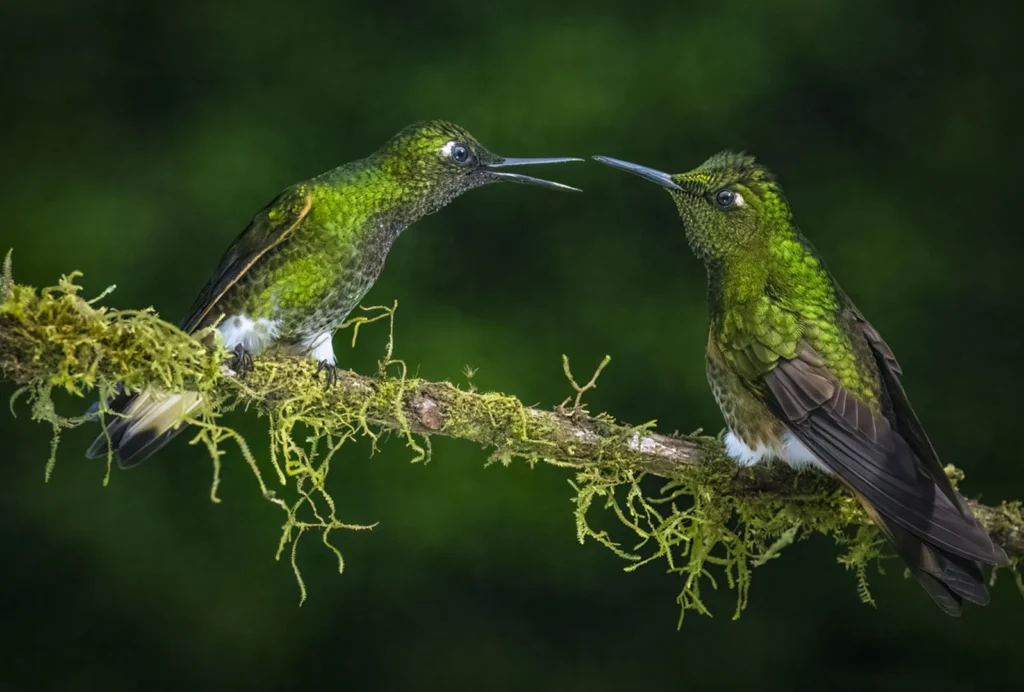
Explore ABC's Solutions
Each member of ABC’s International Team has expertise working throughout Latin America and the Caribbean, forming strong partnerships with partners on the ground and local communities. We protect the habitat birds need most together, support the sustainability of land stewardship efforts, and benefit those who live near these important habitats.
